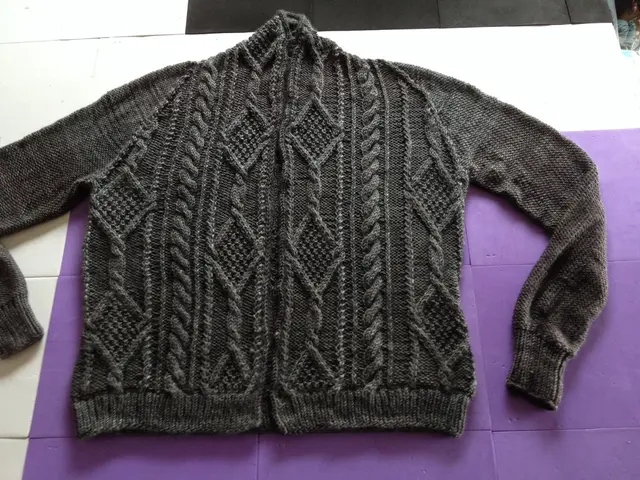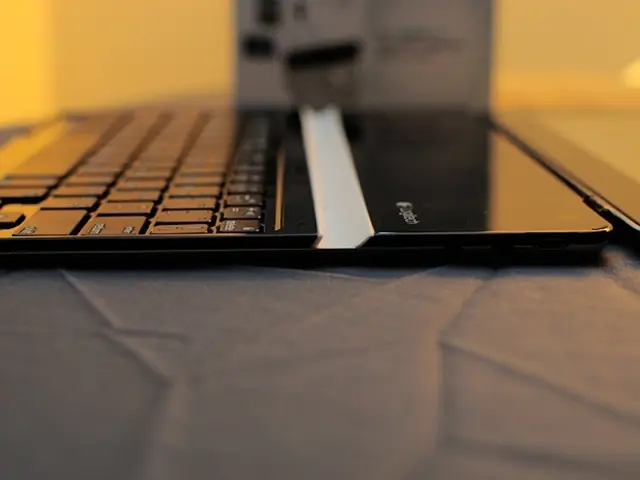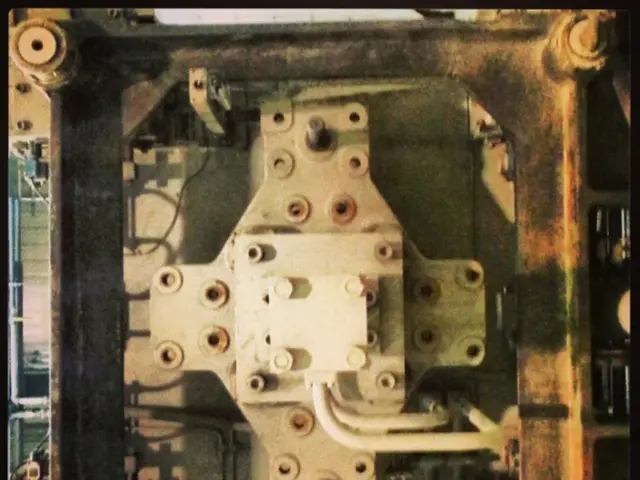The mystery of spotless laundry: unveiling the secret ingredient to toss into the washing machine alongside the detergent powder
Vinegar, a common household item, is gaining popularity as a universal laundry solution due to its multiple benefits and eco-friendliness. This humble condiment, when used for laundry and clothing care, offers advantages such as brightening clothes, removing stains and odors, softening fabrics, and protecting colors without harming the fabric fibers.
Benefits and Uses for Laundry and Clothing Care
Vinegar acts like a mild bleach due to its acetic acid content, making it an effective tool for brightening whites. Soaking 100% cotton whites overnight in a basin with 1 cup of vinegar and hot water can brighten dingy whites effectively.
Adding about half a cup of vinegar during the final rinse cycle softens fabric naturally by removing residues, preventing stiffness often caused by commercial softeners. Vinegar helps maintain dark clothing's vibrant colors by removing residues that cause fading over time, when added in the rinse cycle.
Vinegar neutralizes fabric odors. Adding 1 cup to the wash cycle helps remove smells without harsh chemicals. Its acidic nature helps break down stains and residues without damaging fabric.
Cleaning Washing Machines
Vinegar's acidity (pH ~2.5) makes it effective in dissolving mineral deposits, soap scum, and killing mold spores inside washing machines. Regular cleaning with vinegar prevents buildup that can cause odors and machine malfunction.
Compared with commercial cleaners, vinegar-based homemade washing machine cleaners cost less and are safer for users, septic systems, and the environment, avoiding harsh chemicals that may disrupt bacterial ecosystems in septic tanks.
For best results, vinegar is often paired with baking soda or used along with hydrogen peroxide (stored and applied separately to avoid toxic fumes) for disinfecting laundry areas and machines.
Safety and Fabric Care Considerations
When using vinegar for laundry, it's important to use distilled white vinegar only (avoid dark or flavored vinegars, which might stain fabrics). Add vinegar primarily during the rinse cycle to avoid prolonged acid exposure to fabrics.
Vinegar is safe for most fabrics including cotton and synthetics but may affect delicate fibers like silk or acetate; testing in an inconspicuous area is recommended. Avoid mixing vinegar and hydrogen peroxide in the same container as they produce harmful fumes; instead, apply separately.
Vinegar is non-toxic, biodegradable, and environmentally beneficial compared to chemical detergents and bleach alternatives.
In summary, vinegar is a versatile, cost-effective, and environmentally safe option for laundry care—brightening, softening, and maintaining fabric quality—while also serving as a natural washing machine cleaner that protects both appliances and septic systems.
Vinegar extends its benefits beyond laundry care, finding its place in other aspects of home life. For instance, fashion-and-beauty enthusiasts can use it to rinse hair to balance the pH levels, promote shine, and prevent product buildup, thus enhancing the overall appearance of hairstyles. In the realm of food-and-drink, vinegar adds tangy flavor and acts as a natural preservative in pickles and salad dressings. Home-and-garden enthusiasts can employ vinegar to clean glass surfaces, disinfect kitchen counters, and even remove weeds from garden beds due to its mild acidity. Lastly, during shopping trips, vinegar can help neutralize unwanted odors in purses, bags, or shoes, ensuring a fresh ambiance throughout one's lifestyle.








